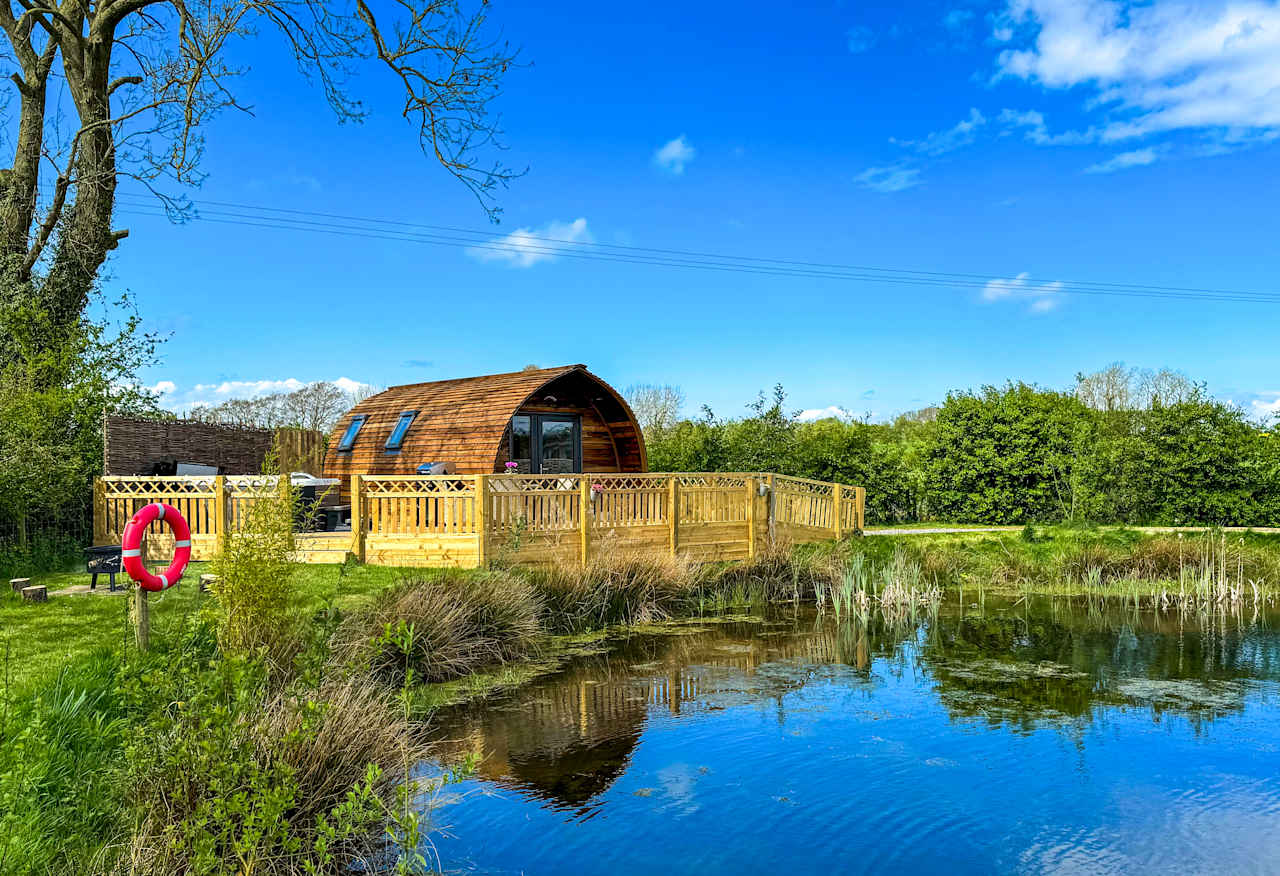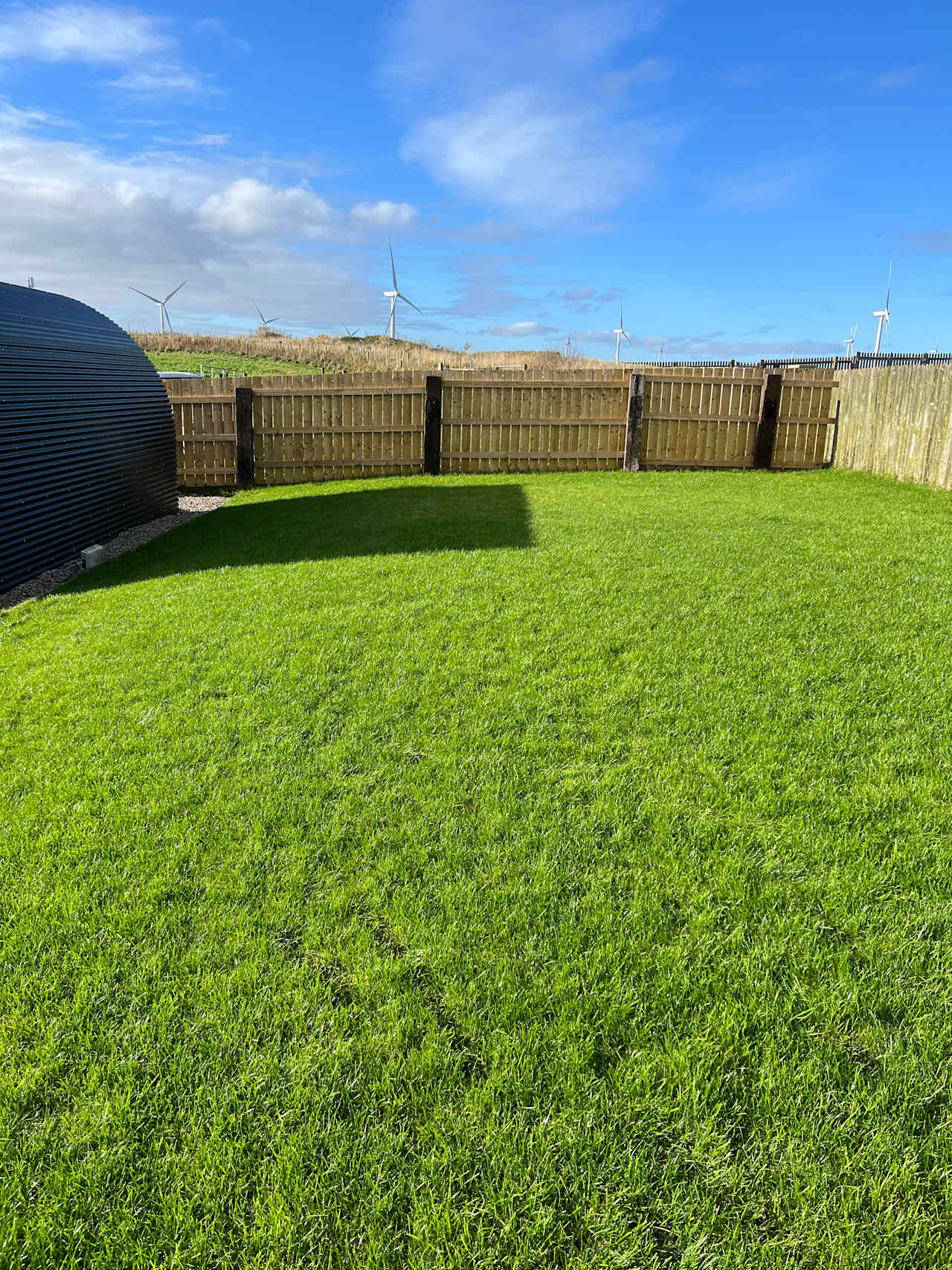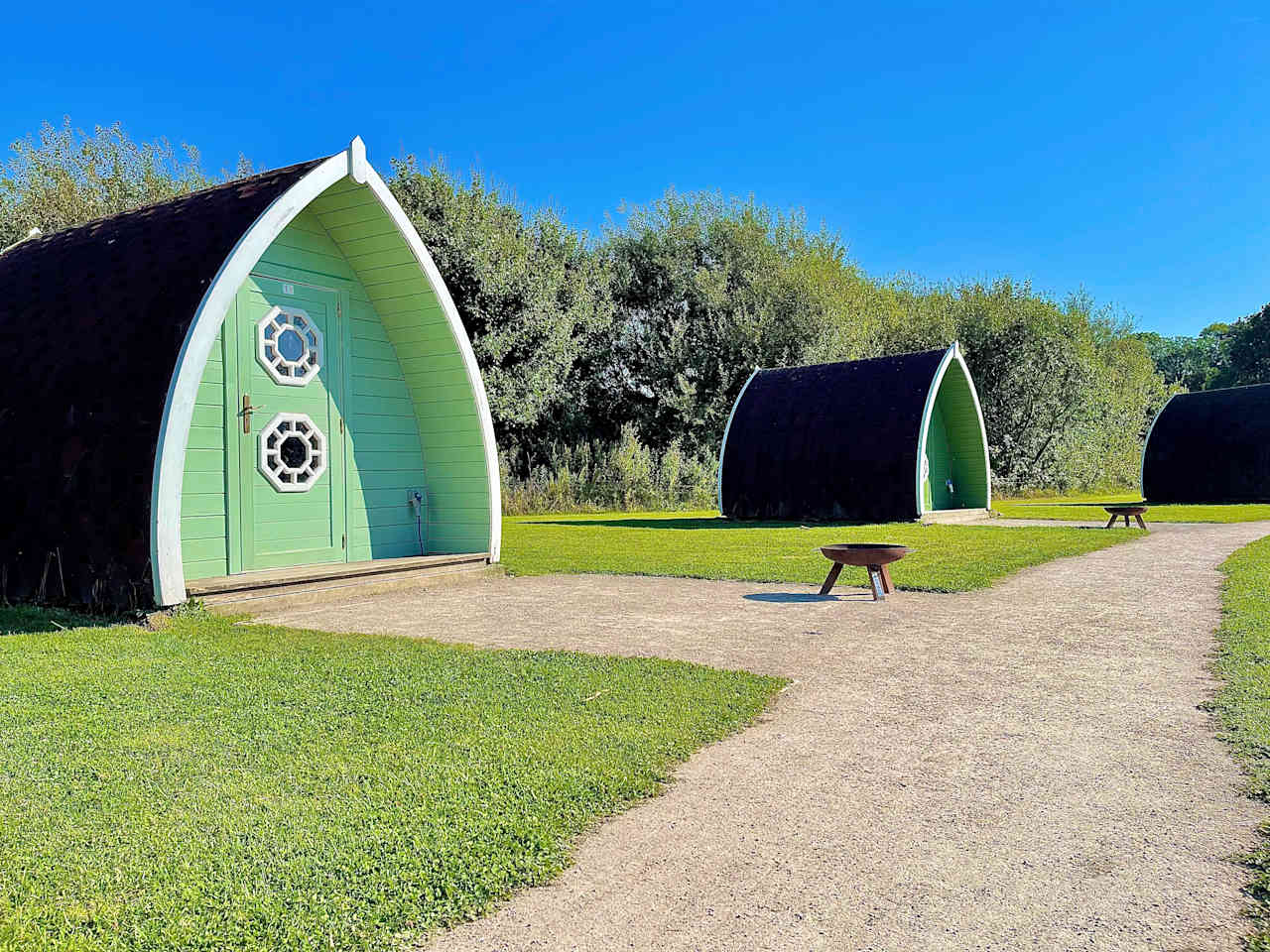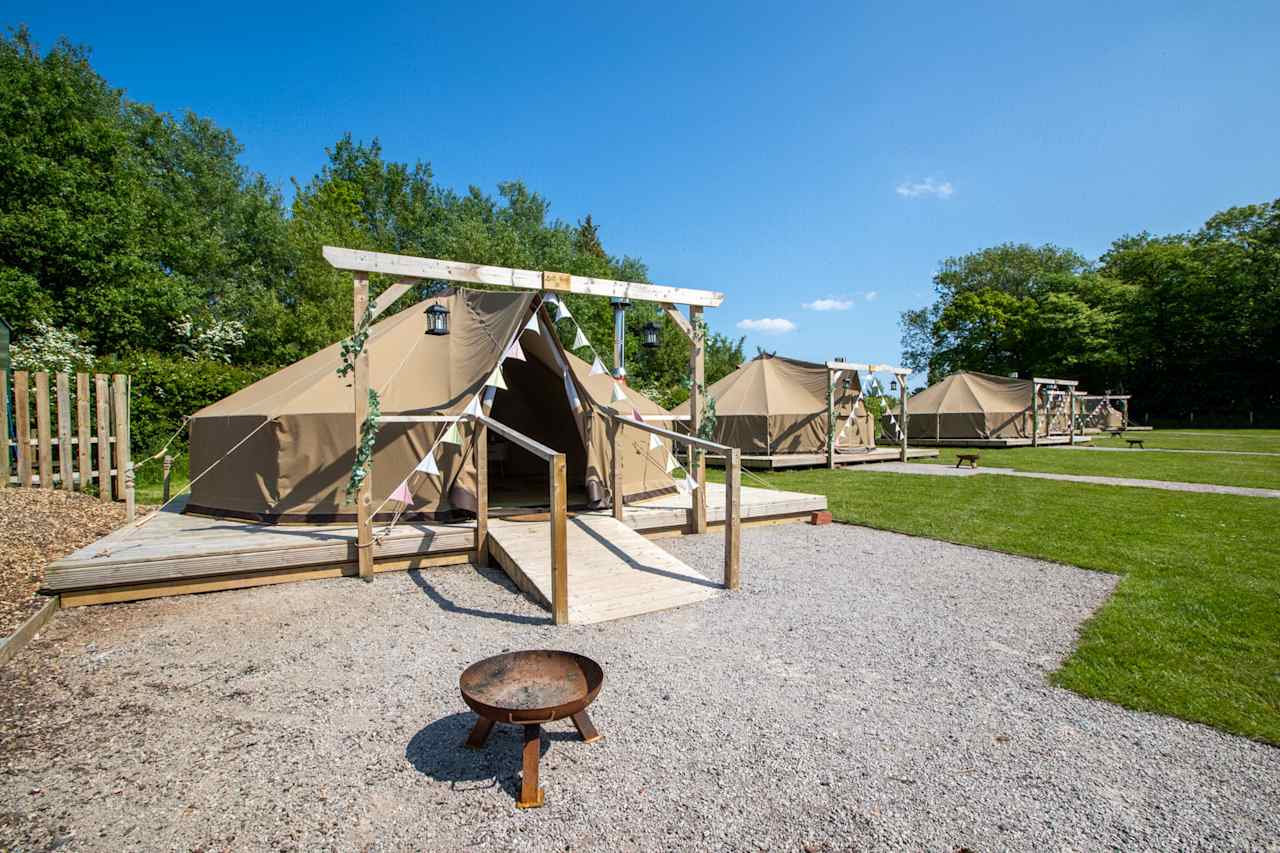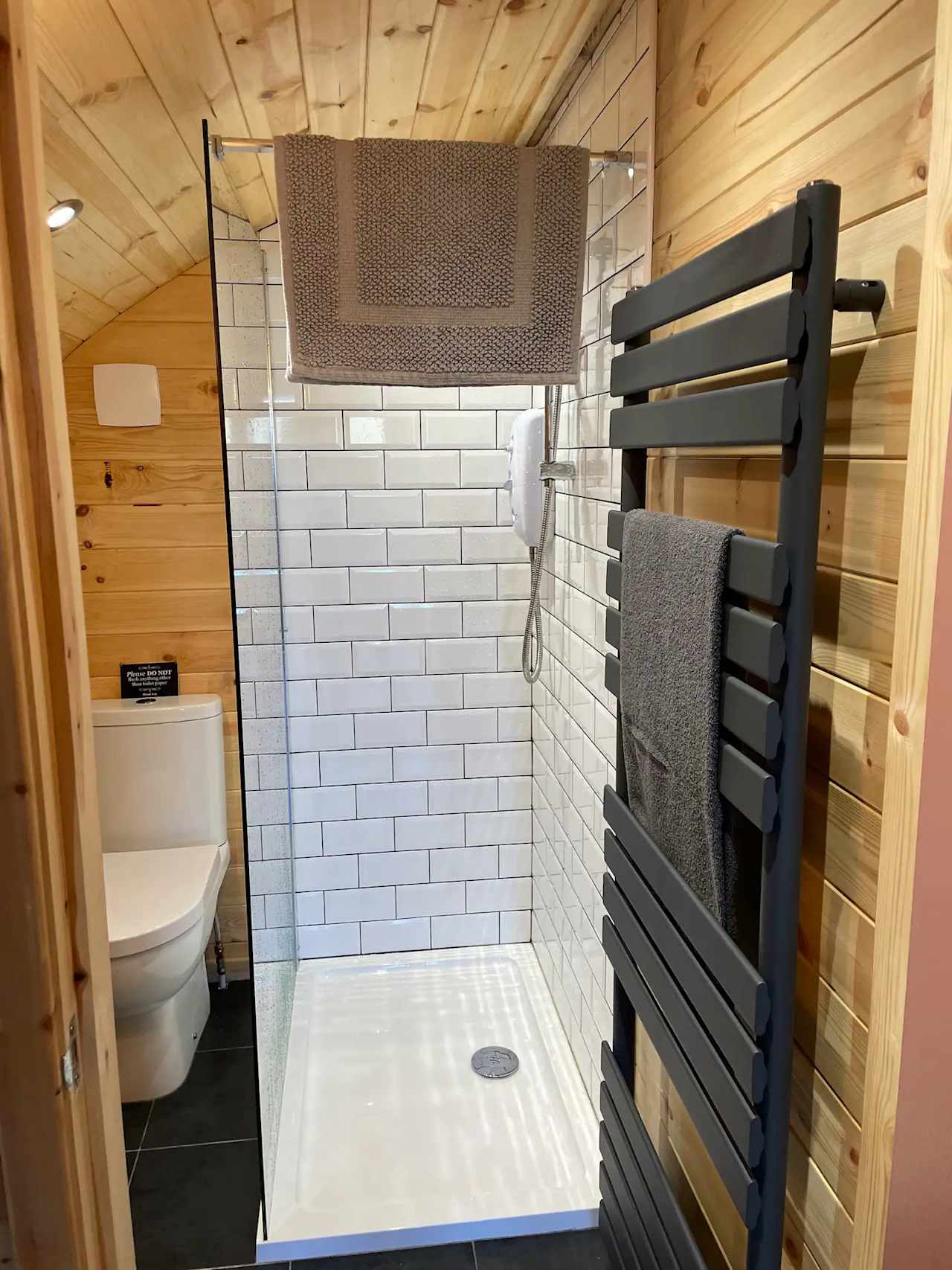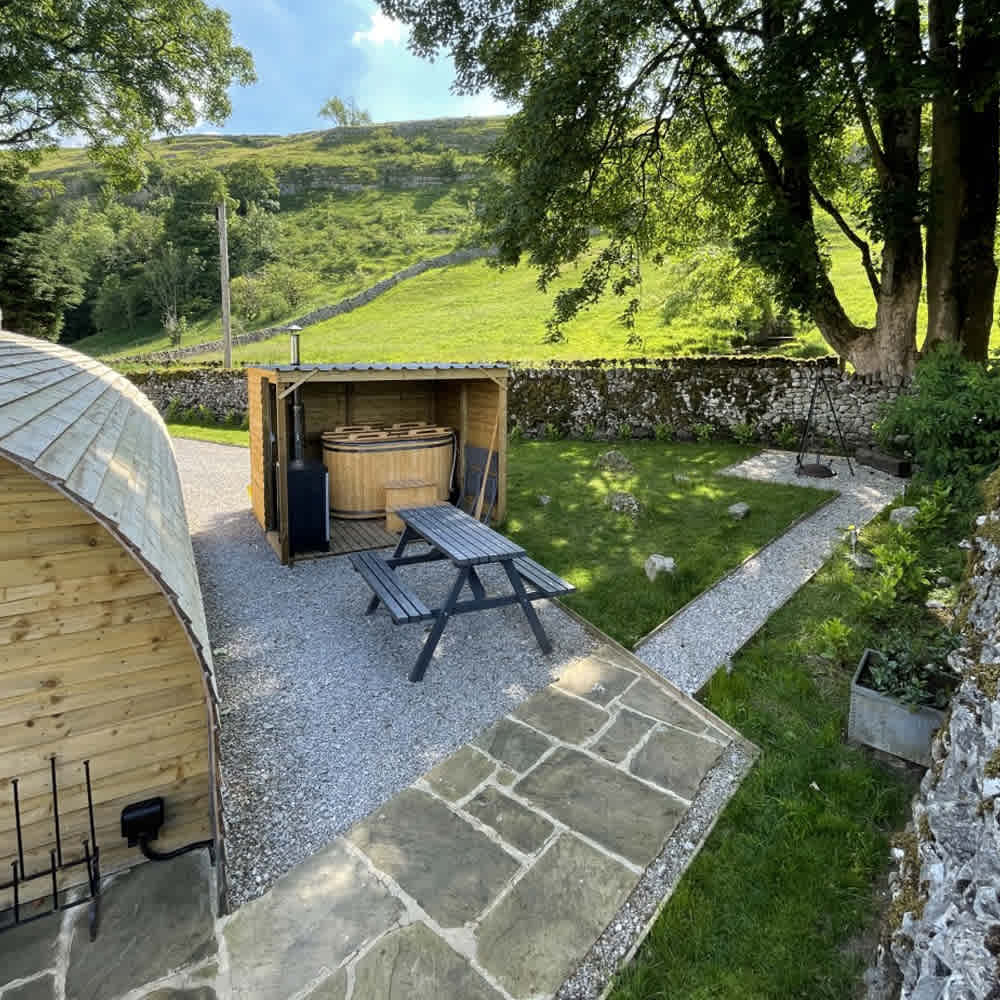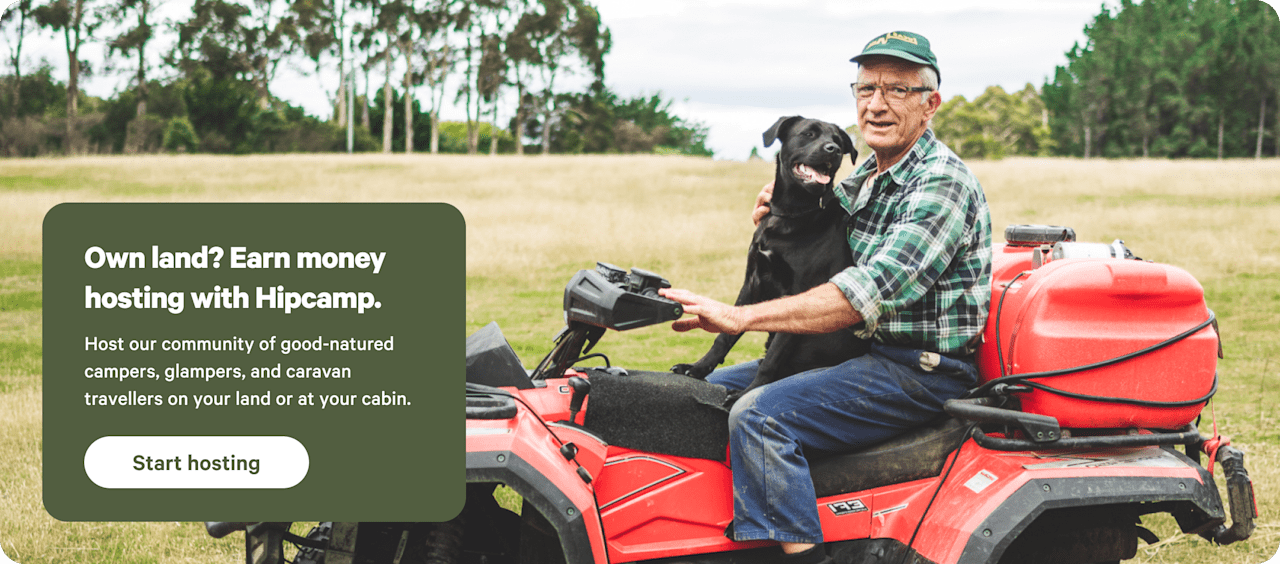Glamping pods with hot tubs in Lake District National Park
Glassy lakes and sweeping fells make up the storied landscapes of England's largest national park.
- Lake District National Park
Popular camping styles for Lake District National Park
Dog-friendly getaways
6 top glamping pods sites in Lake District National Park with hot tub


Glamping pods with hot tubs in Lake District National Park guide
Overview
The UK’s flagship national park is hiking nirvana with almost 2,000 miles of trails to explore and stunning views guaranteed. It is undoubtedly one of the finest camping locations in all of England, and if you love the outdoors you’ll be in your element. Lake Windermere, Coniston Water, and Derwentwater lie at the heart of the Lake District, where you can enjoy boat cruises, water sports, and short walks around the lake. To the west, the dramatic crags of Scafell Pike loom over Wastwater lake, while Buttermere and Bassenthwaite are the gateways to the Northern Lakes. Leave time to explore the Lake District villages, too―stop at a lakeside pub in Ambleside, visit Beatrix Potter’s home in Hawkshead, or sample traditional Cumbrian gingerbread in Grasmere or Keswick.
Notable campsites
One of the finest landscapes in the UK, the Lake District is home to some amazingly located campsites and a wide range of camping options. Whether you're backpacking the hills with lightweight tents, looking for electric hookups for your campervan, or want a a luxury glamping pad as your base, there'll be a Lake District campsite to suit your needs.
- Best for lakeside views: Low Wray Campsite is the quietest spot along Lake Windermere. Run by the National Trust, it has camping pods, safari tents, and campervan and tent pitches.
- Best for outdoor adventures: Great Langdale Campsite offers tranquil camping and caravanning in the shadows of the Langdale Pikes, with easy access to hiking and biking trails. There’s a mix of grass and hardstanding, electric hook-ups, and a pub within walking distance.
- Best for family fun: Fisherground Campsite in the Eskdale valley provides family-friendly camping with an adventure playground, campfire pits, and direct access to the Ravenglass & Eskdale steam railway.
Tent camping in the Lake District
It's not unusual to think of the Lake District as the spiritual home of camping in the UK. For centuries, the Lakes have been the destination of choice for campers and leisure seekers with a love of the great outdoors and long before new-fangled campervans were on the roads and people talked of "glamping", it was good-old fashioned canvas tents that were popping up in Cumbria. Today, when it comes to camping in the Lake District, for most people it is still about this traditional way of doing things. Hikers with light-weight gear can pitch their tent in one campsite before trekking to the next, while families with larger tents will often set-up base camp at one campsite for a long weekend and venture out from there. Whatever your preference, there are heaps of fantastic campsites for tent camping in the Lake District, many with tent-only policies.
Things to do in the Lake District
A 900-square-mile area of Cumbria has been designated as the Lake District National Park since 1951. It’s one of 15 national parks in the UK and the largest in England: with England’s highest mountains, deepest and largest lakes within its boundaries. It’s a landscape of fells, dales, farmland and, as the name suggests, lots of water. There are 16 large lakes, many mountain tarns and countless becks, streams, rivers and waterfalls. All in all, it’s a spectacular landscape; carved by glaciers, shaped by human activity and celebrated by artists and conservationists. It was recognised as a UNESCO World Heritage Site in 2017. It’s little wonder that it’s the most visited of the UK’s national parks and, of course, one of the best places to go camping in the UK. Even without the headline-grabbing, tourist hotspots, the Lake District National Park is perfect camping country—the bucolic scenery, the cosy pubs, quaint villages and babbling becks all add up to an idyllic backdrop to a camping holiday. Add the opportunity to tick a few things off your bucket list and it’s an irresistible destination for any outdoor lover. You can see or scale England’s highest mountain—the 978-metre Scafell Pike, cruise or canoe on England’s largest lake—Windermere, and perhaps even take a dip in England’s deepest lake—Wastwater.
Family camping in the Lake District
The Lake District is a great place for a family camping holiday. First and foremost there’s the joy of camping itself—the adventure and excitement of it all almost always gets a thumbs up from kids. Campsite life usually means spending all day outdoors and the opportunity to meet new friends. The tent (or shepherd’s hut, cabin or pod if you’re glamping) is a ready-made den and outside there are streams to dip in, fields for football and acres of space to explore. Kids are often not remotely bothered by the (ahem) occasional wet weather that the Lakes are famous for—as long as they can don a pair of wellies and get involved with some puddle-jumping fun. And even if your spirits are dampened by a few raindrops here and there, there’s a whole raft of indoor activities within the Lake District National Park that can make for rainy-day fun; the World of Beatrix Potter, the Derwent Pencil Museum, the Lakes Aquarium and the Hawshead Chocolate Factory to name but a few. But, of course, it’s the great outdoors that people come for and whatever age your children are they will love the adventures on offer. There are plenty of companies offering outdoor activities for kids or you can go it alone and set out in a kayak or canoe, on traffic-free bike rides or for picnics at scenic spots in the fells. Older kids and teenagers can even join you to tackle the trek to the top of Scafell Pike.
Top places to go camping in the South Lakes area
Ambleside, Buttermere, Hawkshead...the evocative names of Lake District destinations alone are enough to make you want to visit some of its most popular destinations. There are, in fact, so many great places for camping in the Lake District that it would be a quicker exercise to try and compile a list of where not to camp in the national park. The place that suits you best, however, will very much depend on what you’re heading to this beautiful part of England for – and for how long. Kendal, on the south-eastern edge of the national park makes a great base for those on a flying visit to the lakes. It’s situated between the M6, which provides the gateway to the lakes for most people, and Windermere, England’s largest lake. It’s also a hub of outdoor shops and eateries so a great place to be near for stocking up on supplies. If you want to be closer to the sights, check out our campsites near Windermere, Ambleside, Hawkshead and Coniston. You can camp on or close to the shores of the south lakes at all of these destinations so you can easily take to the water or just drink in those views. This part of Lakeland was home to the writer Beatrix Potter and there are lots of sights and attractions associated with her, from World of Beatrix Potter at Bowness-on-Windermere to her former home and a gallery devoted to her artwork in Hawkshead. A little further north is Grasmere where you’ll find the former home of another writer who is eternally associated with the Lake District, William Wordsworth. Situated at the heart of the Lake District, with Windermere a few miles south and Ullswater a few miles north, Grasmere is a popular place to stay. It has direct and easy access to some popular fell walking, its own small lake, some great camping and glamping sites nearby and a legendary gingerbread shop—what more could you ask for?
Top places to go camping in the North Lakes area
Further north and east brings you to Ullswater, the Lake District’s second largest lake. Quieter and surrounded by higher peaks, there are good camping and glamping sites around Ullswater itself and the villages and market towns nearby. Penrith, just outside the bounds of the national park makes a good gateway to the Northern Lakes as it’s handily situated between the M6 and Ullswater. Keswick is a major hub within the Northern Lakes with shops to stock up at, eateries to call in at and the opportunity to get lakeside at nearby Derwentwater. The Borrowdale Valley and peaceful Buttermere are not far away and are great bases for walkers, climbers, runners and mountain bikers with high fells all around including the lofty heights of England’s tallest mountains. If tackling Scafell Pike is your aim, either as a standalone hike or part of the Three Peaks Challenge, you may want to look to the west side of the mountain. While Borrowdale offers two lovely routes up the eastern fells, Wasdale Head is the start point for the shortest route, a six-mile round trip. The west side of the Lake District National Park also tends to be a little quieter as, for most people, it’s harder to get to, being further from the motorway. The valley around the River Esk, Eskdale, is your best bet for camping and glamping sites here; places with the sound of babbling becks and views of high fells that are never too far from where the national park meets the sea at Ravenglass.
Tips for snagging a campsite
- Popular Lake District holiday parks and glamping sites can fill up quickly, so it’s essential to book ahead—up to six months in advance if visiting in July-August or school holidays.
- If you do arrive without a reservation, it’s a good idea to secure a campsite first thing in the morning, as available spots will be available on a first-come, first-served basis.
- You will need to pay a deposit to secure your campsite reservation, and some sites ask for the full payment upfront.
- Be sure to check seasonal opening and closing dates, as many Lakeland campsites and caravan parks open only from June through October. Check the ease of access too—some campsites are reached by steep and narrow roads that can be tricky for motorhomes and caravans.
When to go
The Lake District is busiest in July and August, and it’s near impossible to escape the crowds during this period. Instead, come in spring to admire the daffodils and bluebells or in fall to see the changing foliage. Hiking trails are quietest on weekdays, but whenever you visit, prepare for rain—downpours can occur even in midsummer. Lake District camping is best from June through October, and many campsites close in the off-season. Don’t be put off a winter visit, though—there’s backcountry skiing and sledding, as well as Christmas events in villages such as Keswick and Ravenglass.
Know before you go
- Lake District National Park is in Cumbria, just west of the Yorkshire Dales. The nearest cities are Carlisle, an hour’s drive away, and Manchester, an about 1.5-hour drive.
- Trains connect the Lake District to Manchester and London, with stations at Kendal, Staveley, and Windermere. Within the park, public buses run between the towns and villages.
- There are pay-and-display car parks throughout the national park, and there’s also a Park and Explore option, including a day bus pass. Arrive early in peak season to secure a spot as popular car parks fill up quickly.
- The best places to pick up supplies are Windermere and Keswick, but Ambleside and Grasmere also have convenience stores.
- Prepare for all weather when visiting the Lake District—even summer hikes can be cold and rainy up in the hills.
- There are 48 accessible trails in the Lake District, and all park transport is accessible.
- Cell phone service and 3G can be patchy throughout the park, but there’s free wifi at the Information Centres and some Lake District campsites.
- Wild camping is not permitted anywhere in the Lake District. However, it is possible to park your campervan and motorhome on areas of open moorland, providing you leave no trace.

